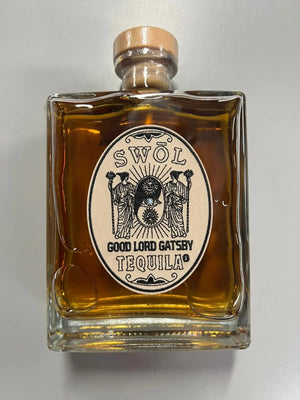Beer is undoubtedly one of the best and famous beverages in the world, and most of us have tried this drink at least once in our lives. Here are a few fun facts about this amazing drink, which you might not be familiar with.
Beard for Beer?

You might not know, but facial hair can be used for the production of beer. A brew-master from Oregon found this amazing method, where he collected the yeast from his own beard to produce beer. However, this process is not implemented much.
Foam for Quality?
Most of the drinkers hate the foam, which appears on the top of their beer glass, and they claim that the foam makes it difficult to drink. Yet again, the foam is actually an important part of the beer, which indicates the quality of the beer. Beers that lack foam are generally flat and bland.
Marijuana for Taste?
You may be surprised to know that hops, the flavoring agent used in beer, is actually from the Cannabaceae family, which is the marijuana plant. Even though they are from the same family and share almost similar characteristics, the replacement of one-another is impossible.
Dead Animal Beer?
Most of us believe that Taxidermy does not go well with beer. However, this misconception was changed when the UK brewery, BrewDog, launched their amazing product in 2011, which was fitted inside a dead animal.
“The End of History”, that was the name used by UK brewery for this sensational alcohol product. This product is also regarded as the world’s strongest beer, with an alcohol content of approximately 55 percent.
Oldest Beer

Though there are many details stated by drinkers from all over the world about recipes for ancient beer, a perfectly accurate recipe is almost impossible to find. A shipwreck from the early 19th century was found near Finland in 2010. The ship contained an old bottle of beer preserved in its lower deck, and is assumed as the oldest beer ever produced. Individuals who tasted the beer claim that it tasted very old with an acidic aftertaste and some burnt notes.
Researchers claim that the acidic aftertaste of the beer was a result of the fermentation process, and concluded that the actual taste of the beer must have been more pleasant earlier. The Finns have preserved the bottle for research to derive the actual recipe to produce this beer.































